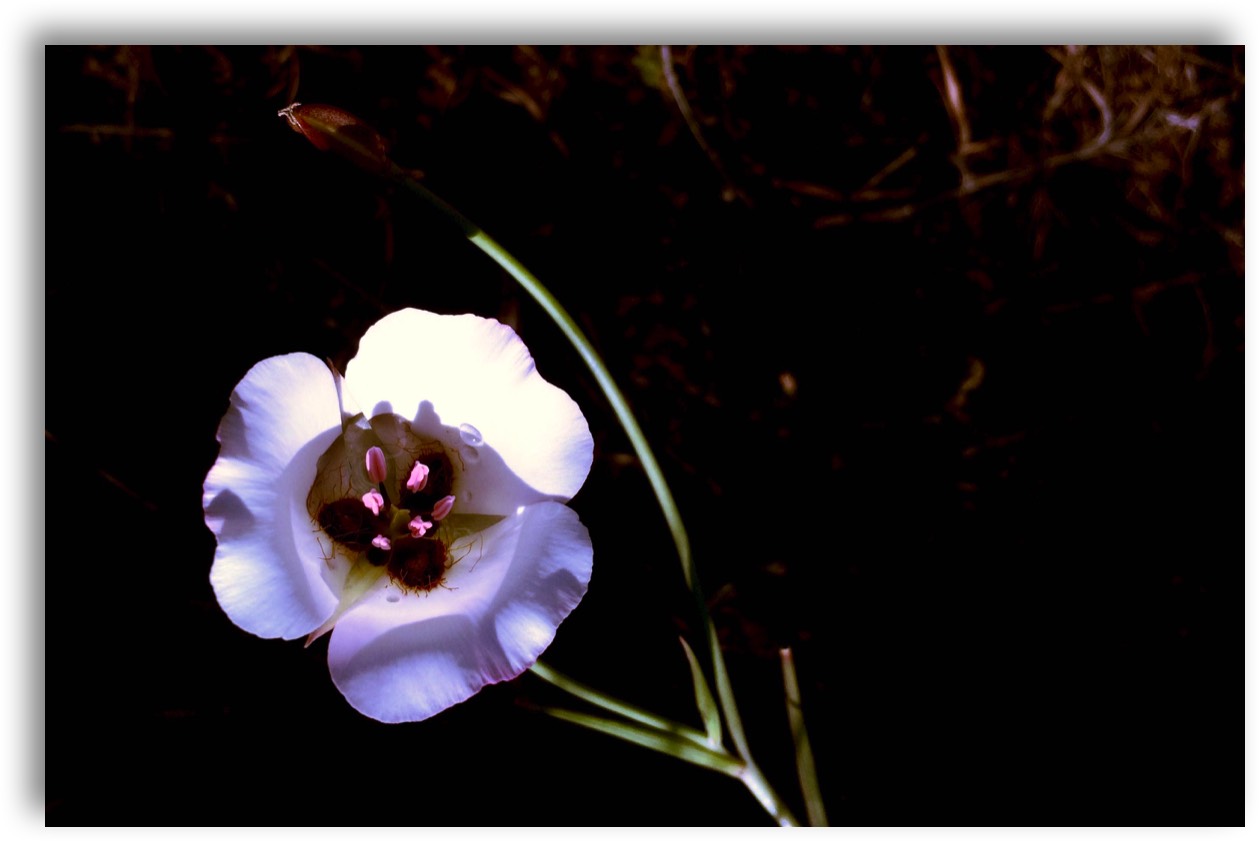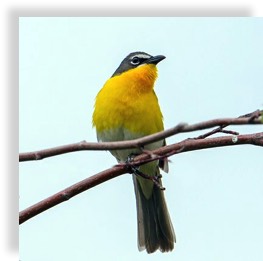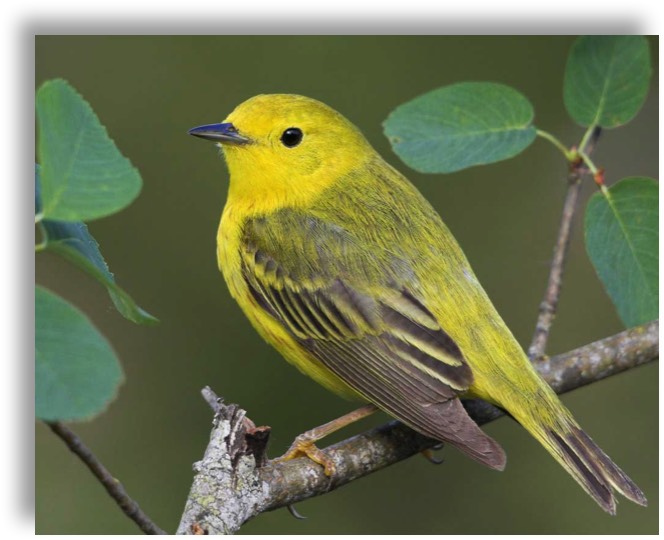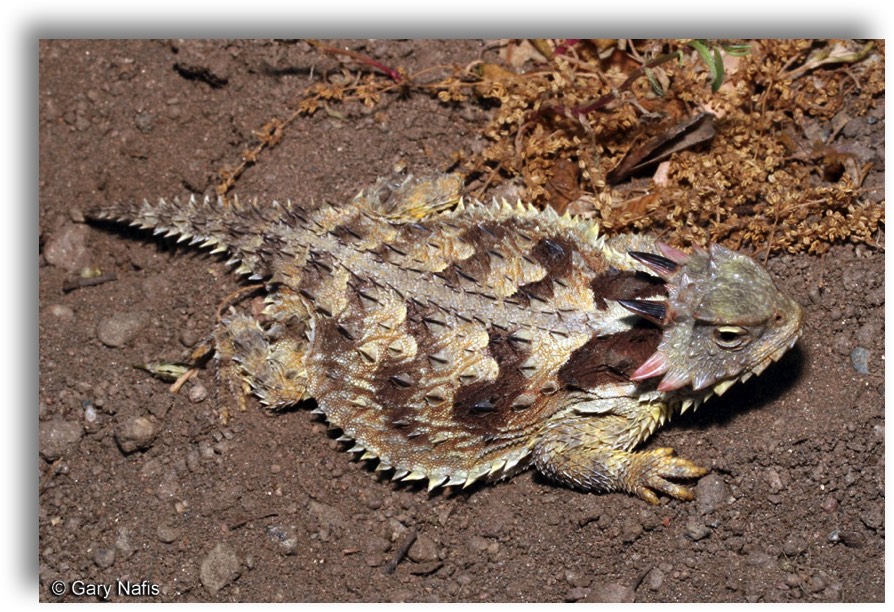Important reasons why the undeveloped portion of Coastal Bluffs should remain ‘as is’ are evidenced by the following history:
1975: The Malibu Bluffs property is placed on the original 1975 Coastal Commission Public Lands Purchase List.
1976: The California Coastal Commission adopts its list of top priority acquisitions for public purchase, with 130 acres at Malibu Bluffs in the number one priority category, together with the Point Dume Headlands and Nicholas Beach. [Los Angeles Times, Feb. 20, 1976, Los Angeles Times titled "Coast Panel OKs Shopping List: Proposes Buying of Land for Public Use and Protection.]
1979: The Malibu Bluffs are purchased in 1979 with state taxpayer dollars ($6.8 million) for use as a state park by all the residents of California and by visitors from throughout the world. http://www.coastal.ca.gov/ventura/malibu-qa.pdf
1982: The Coastal Commission approves a temporary (five years only) coastal permit for construction of the community ball fields at Bluffs Park to facilitate restoration of habitat at Malibu Lagoon where the fields were located. At that time, it was clearly understood this type of use of the State Park would be an interim one until an alternative site could be found by the community.
http://www.coastal.ca.gov/ventura/malibu-qa.pdf
1985: The Coastal Commission denies a permit amendment request (Coastal Development Permit 5-82-780A) to develop a community park on the entire 94-acre property (84 acres plus 10 acres that make up Malibu Bluffs Park), finding that the proposed uses were insufficient to serve the growing demand of visitors from the region and elsewhere in California for recreation, namely, recreational uses such as camping, hiking, walking for pleasure and picnicking. A special condition stated that the ball fields were temporary and to be phased out and an alternative site found. http://www.coastal.ca.gov/recap2/chapter4.pdf (See Coastal Commission Recommendation IV-2(b): The City of Malibu LCP should include plans for alternate location of park uses. No expansion or reconstruction of athletic fields should be permitted.)

Each species and geological formation is uniquely beautiful, whether it is as graceful as this Bluffs wildflower, or as creviced and eroded as the canyon walls.
1986: A permit amendment in 1986 reaffirms that the ball fields were only intended an interim use. An earlier lawsuit between the Little League and the California Department of Parks and Recreation did not obligate the state to make the ball fields a permanent use on the site.
http://www.coastal.ca.gov/ventura/malibu-qa.pdf
2002: The Malibu Times reports in February that, frustrated by the Coastal Commission's effort to rid the park of the playing fields and return it to a visitor-serving only area, the Malibu Little League and the Association of Youth Soccer Organization urged children to conduct a letter writing campaign to Gov. Gray Davis, asking for help.
2002: The Malibu Coastal Program was certified by the California Coastal Commission, which designated most of the 84 acres as ESHA.
However, the Malibu Local Coastal Program (LCP) certified in September 2002 calls for future conversion of the bluffs site to state park uses consistent with the current coastal permit and allows relocation of the ball fields to adjacent private lands. If the adjacent site cannot accommodate all the ball fields, the Commission has directed staff to work with the community to find a suitable alternative solution.
2005: In January 2005, a complex deal is reached for The Santa Monica Mountains Conservancy ( SMMC) to acquire 600-acre King Gillette Ranch in Malibu Canyon. As part of the agreement, the California Department of Parks and Recreation arranged to give the Bluffs Park property to the SMMC. In turn, the SMMC would sell a 10-acre portion of the land to the City of Malibu for $2.5 million, money that would be used to purchase the King Gillette Ranch from Soka University.
2006: The 10-acre portion of the now 93-acre property is officially transferred to the City of Malibu.
2007: The Santa Monica Mountains Conservancy designates the Bluffs area to be an "Open Space Preserve," and prepares its Malibu Parks Public Access Enhancement Plan.

Photo by Ann Doneen
The Santa Catalina Mariposa Lily is a
Species of Special Concern
2008: A paragliding company conducts illegal grading on about one acre of ESHA land in the center of Bluff's Open Space Preserve.
2008: On July 14, 2008, the Malibu City Attorney announced that the Council, in closed session, unanimously voted to file a lawsuit against the Commission’s Executive Director to require the Executive Director to rescind the Commission’s preliminary determination as to the applicability of the local coastal program “override” procedures. Thereafter, the City Council held a public hearing adopting City Resolution No. 08-44, which found that “the proposed Malibu Parks Public Access Enhancement Plan Overlay is not development subject to the LCP override provisions, reaffirms related amendments to the certified LCP Land Use Plan (LUP) pending for certification with the Coastal Commission (MAJ-3-07) and makes findings in connection with the proposed Overlay District.”
http://www.malibucity.org/documentcenter/view/2447 resolution 08-44

Mick Thompson photo,
Eastside Audubon
The Yellow-Breasted Chat
Species of Special Concern
2009: On June 10, 2009, the Commission certified an amendment to Malibu’s LCP incorporating the Malibu Parks Public Access Enhancement Plan Overlay, a special land use and implementation plan overlay that includes a comprehensive set of policies and development standards for public access and passive recreation-oriented development within specific park properties including Malibu Bluffs Open Space Preserve.

Photo by xxxx, courtesy xxxx
The Yellow Warbler
Species of Special Concern
2010: SMMC releases DRAFT MALIBU PARKS PUBLIC ACCESS ENHANCEMENT PLAN PUBLIC WORKS PLAN January 2010 For Santa Monica Mountains Conservancy Mountains Recreations & Conservation Authority. The document identifies several species of special concern at the Bluffs site, including the Santa Catalina Mariposa lily, two birds: the Yellow-Breasted Chat and the Yellow Warbler, and Blainsville's Horned Lizard.

Photo courtesy Gary Nafis
Blainsville's Horned Lizard
Species of Special Concern
2012: Malibu Parks and Recreation Master Plan residential needs survey finds that Malibu residents ranked walking, biking trails and greenways as the number one priority, with youth baseball and softball fields 21st; and adult baseball and soccer fields were 26th and 27th. The mission of the Parks and Recreation Department is to provide a variety of recreation programs for all ages designed to enhance the quality of life for the residents of Malibu. All the proposals for the use of Bluffs Open Space Preserve are geared toward community uses rather than use by the wider public.
https://www.malibucity.org/DocumentCenter/View/45
2013: As a part of the settlement of the lawsuit regarding the Public Works Enhancement Public Works program, the City of Malibu proposes swapping 84-acre Conservancy-owned Bluffs Open Space Preserve in exchange for the 500+acre city-owned Charmlee Wilderness Park.
http://smmc.ca.gov/attachment.asp?agendaid=409
2015: The City develops plans to turn these 84 acres into an active recreational park for use by the residents of the City of Malibu. Two new residential surveys taken. Here are the results of the first survey released on Sept. 2015 ( https://www.malibucity.org/DocumentCenter/View/12223,) which yielded 616 responses and 1,077 individual comments. A total of 42 percent of survey takers prefer the parkland design to feature nature primarily, with 31 percent choosing sports as a main focus and another 20 percent preferring ocean as a main focus.
2017: The City created a Parkland project. The plan was considered by Malibu City Council on Sept. 11, 2017 (click here), and the City Council voted to have an Environmental Impact Report study on the project.